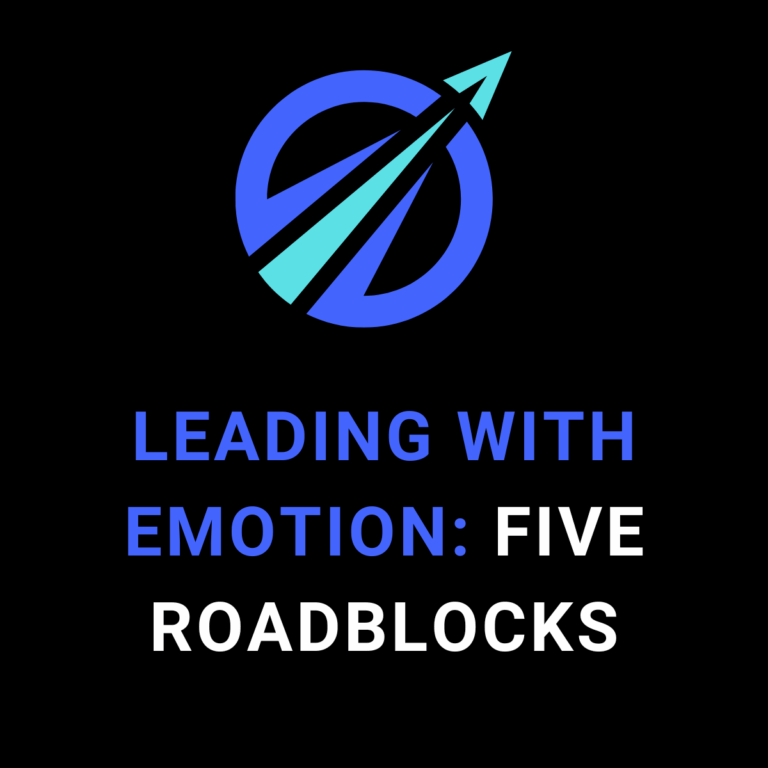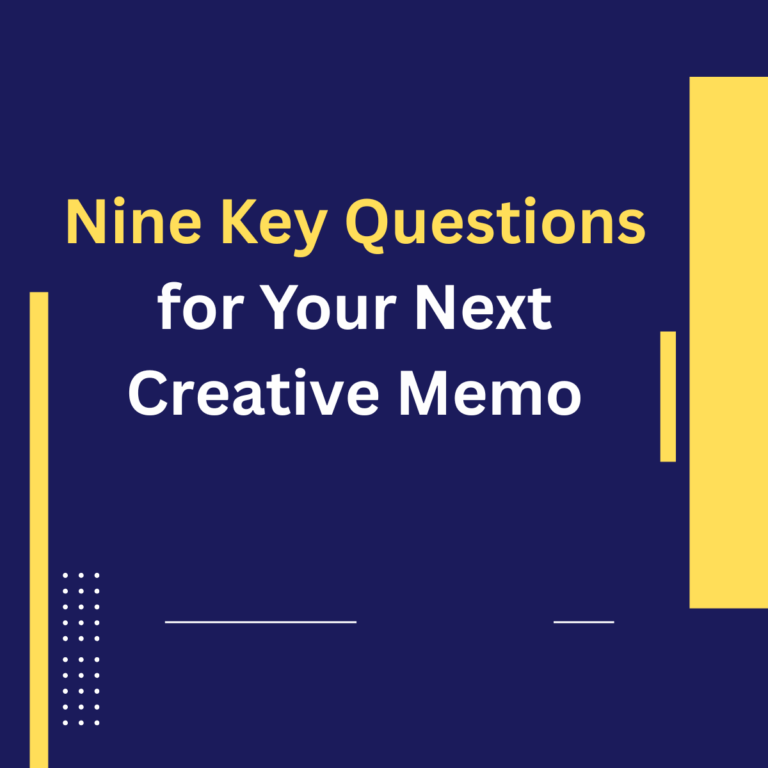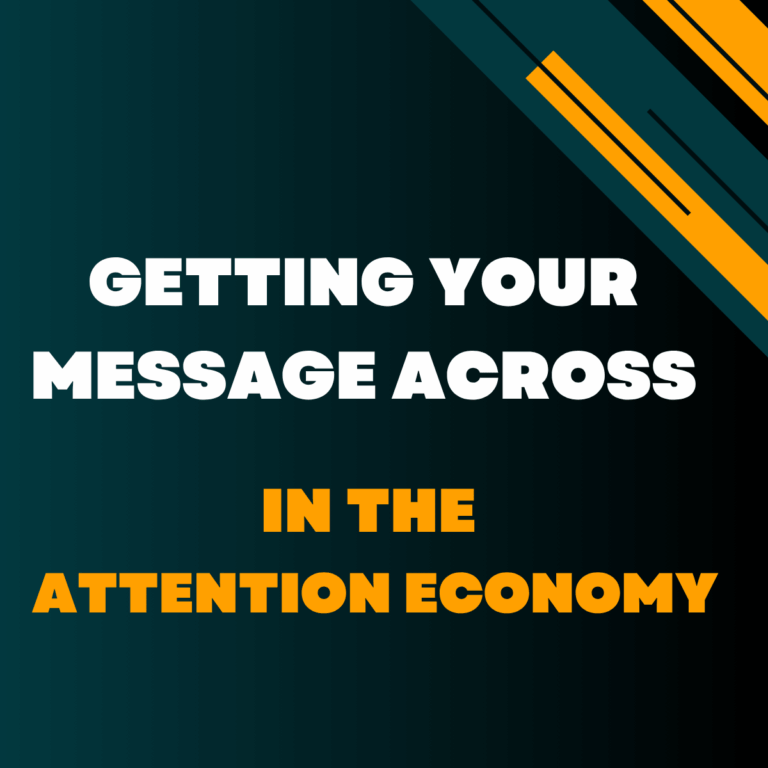Just two weeks after the devastating election, we’re all trying to feel our
way forward to the most persuasive messaging strategies. Here are some opening
thoughts on progressive and Democratic communications going into 2025.
In the new political landscape, we have twin priorities: resisting Trump and re-
connecting with working class voters.
How do we put our country back on a safer path? The key is combining resisting
with persuading. Our first and most obvious mandate is resisting Trump. The
second task is related, but also distinct. It’s restoring the trust and support of
working-class voters.
In the year ahead, we have to do both. Some may focus more on one or the other.
But, as an overall movement, if we zero in on resistance at the expense of
persuasion, we won’t succeed.
Let’s turn first to the resistance side of the equation.

Trump is already testing our will to resist.
Michael Cohen once described Trump’s approach on meeting a new person. He’d intentionally make a ridiculous assertion or tell a bold-faced lie. If the person didn’t object or push back, Trump knew he had them.
He’s doing that very thing to the country – and to Republicans in the Senate – right now. The crazy cast of characters he is putting forth as Cabinet nominees are a test. Is he powerful enough and are other political actors timid enough to let him do it?
Hopefully, even the easily cowered Republican Senate caucus will prove strong enough to push back on people like Matt Gaetz and Pete Hegseth. But either way, we have to push back.
We need some early wins.
Never-Trumper Bill Kristol recently commented that “Newly elected presidents who’ve won convincing victories have momentum. But that momentum can also be stalled, blunted, blocked, limited, checked. Even reversed.”
If we want to limit the damage Trump and his administration are about to do, we have to search out early victories. Perhaps the Cabinet nomination fights will give us that opportunity.
Bottom line: Trump is perfectly capable of squandering his momentum. We have to help him get there.
We need to protect and fight alongside people Trump will impact the hardest and they don’t all live here.
Our resistance efforts must focus on limiting the damage Trump’s out-of-control presidency will do to those who will bear the earliest and most severe burden of his assault.
And we have to remember that from Palestinian people on the verge of starvation to the Ukrainian people who have put everything on the line to defend their freedom to pro-democracy movements across Europe, Trump’s impact will be felt all across the globe.
The ACLU is a compelling model on the resistance front.
(Full disclosure: I worked with the ACLU on messaging for two decades including the first Trump presidency. But I have no role in their current communications.)
We will all need models and resources to draw on in the days ahead. And the ACLU’s pitch-perfect, post-election messaging is a model worth noting.
At the end of the day, people don’t want groups they support to wallow along with them in despair. They expect them to express confidence and a sense of direction.
We count on the ACLU to be tough, determined and unshakeable. So, after acknowledging the fear Trump’s victory created, the ACLU quickly turned to language like this. “We’re done with the hand wringing. We won’t be admiring this problem. Instead, we are ready to take action the minute Trump takes the oath of office.”
A string of messages cited their record of filing 434 legal actions taking on Trump last time and laid out a new plan to build a firewall in the states to protect our freedoms.
It’s going to take that kind of confidence and clarity if we are to take Trump on a second time.
We have to make clear that strong resistance and a balanced life aren’t exclusive of one another.
During the first Trump presidency, people rushed to the ramparts upon his election and they stayed there for four long years. But it took a toll.
In focus groups, people described hanging in there, but needing mental health breaks and news blackouts to get through it.
We have to be alert to what we’re asking of people. It’s not an easy task. But this time around, we need to wage an all-out resistance without requiring people to be in high anxiety mode every day for four long years.

As I noted earlier, resisting Trump, as hard as it is, won’t be enough. We have to rebuild a political coalition capable of taking on the MAGA movement in the 2026 elections and beyond.
The 2024 results exposed a trend that’s been building for over a decade.
As many analysts have noted, Democrats are hemorrhaging support of people who feel under siege economically.
This year, high inflation was the trigger. But Democratic weakness among working class voters has deeper roots going back at least a decade. That disconnect was probably an insurmountable barrier for Kamala Harris to overcome in a 111-day campaign. But it’s one we have to take on now with real urgency.
We have to recognize two kinds of Trump voters.
In the election, there were people who wanted to vote for Trump, the all-in core of the MAGA movement. But Trump wouldn’t have won without also getting the votes of people who, despite reservations about Trump, ended up willing to vote for him.
We can’t give up on persuading that second group. And persuading doesn’t mean running a smug “we were right about Trump and you were wrong” campaign.
Sure, we need to put the lie to Trump’s claim that he is the savior of working-class Americans. But if waging a Trump-focused argument could win over disenchanted working-class voters, Kamala Harris would be headed for the White House. She’s not because too many working-class voters feel unheard, unseen and abandoned by Democrats and progressives.
To reach those voters, we have to genuinely listen to their concerns. What worries them? What keeps them up at night? Why do they feel abandoned? What have we failed to do and say to convince them we are on their side?
We have to talk about economic hardship in a visceral way (backed up by policies with impact.)
Reconnecting with working-class voters is, of course, a substantive problem not just a messaging one. We have to advance policies and ideas that genuinely address economic hardship.
But we also have to talk about those policies and ideas in a more emotional and visceral way.
Think about the way Kamala Harris spoke about abortion rights with heart-breaking stories and a passion that made clear, deep down in her gut, she knows how hurtful and devastating it is when people are denied control over decisions about their own body.
Then think about the way she discussed economic hardship. The policy proposals were somewhat vague and the visceral “I get what you’re going through” emotion wasn’t really there. And it’s not just a Kamala Harris problem.
It’s not about abandoning who we care about. It’s about widening our circle of compassion.
Too many post-election analyses have suggested the Democrats problem is focusing too much on issues like transgender equality. We can’t buy into that.
We didn’t lose this election because we cared too much about trans kids dealing with outrageous harassment and heartbreak.
We lost it because we didn’t demonstrate the same kind of empathy and concern for working-class families worried sick about how to pay their bills, feed their family and carve out a brighter future for their children.
The way forward is widening our circle of compassion not narrowing it.
We have to connect the principles we’re fighting for to peoples’ daily lives.
When I worked with the ACLU on messaging, I wrote this line over and over: “We fight so hard for the principles embedded in the Constitution because we know that, when those principles are violated, it brings incredible pain, turmoil and injustice into people’s lives.”
That’s the connection the “existential threat to democracy” argument failed to draw. And it’s a mistake we can’t repeat when Trump and his Cabinet of crazies act to undermine democracy and the rule of law.
The 2026 elections are a major opportunity to shorten Trump’s impact.
We will have many fights to wage in 2025. So, I’m not suggesting for a minute that we just wait until the next elections to attempt a recovery. But we can’t ignore the importance of the 2026 midterm elections.
While we can’t wage those elections solely on anti-Trump grounds, a Democratic victory will be read as renunciation of Trump.
It’s hard to overestimate the positive impact of Donald Trump entering the second half of his presidency as a hobbled, deeply unpopular lame duck.

It’s only been two weeks and none of us has all the answers. But hopefully the framework I am suggesting – meeting the twin challenges of resistance and persuasion – will help as we enter a truly challenging year ahead.








